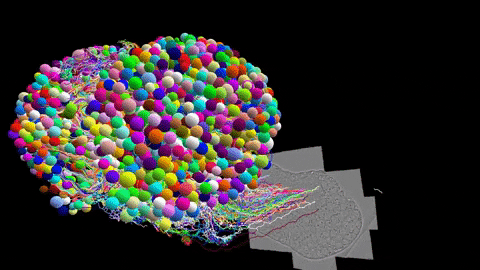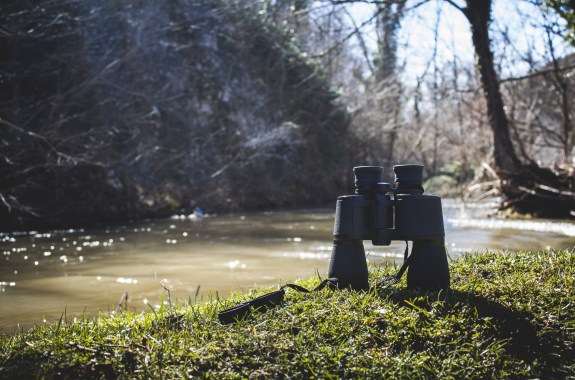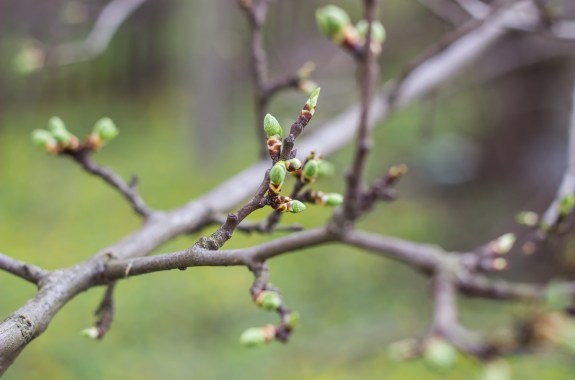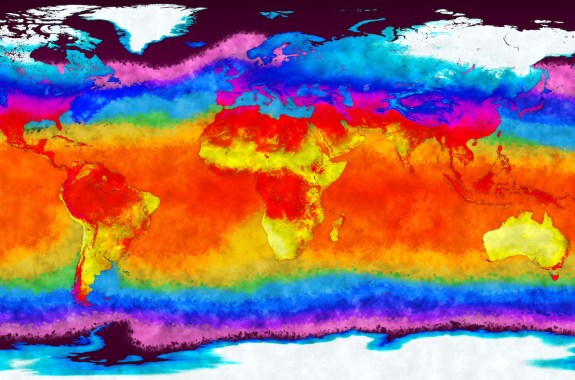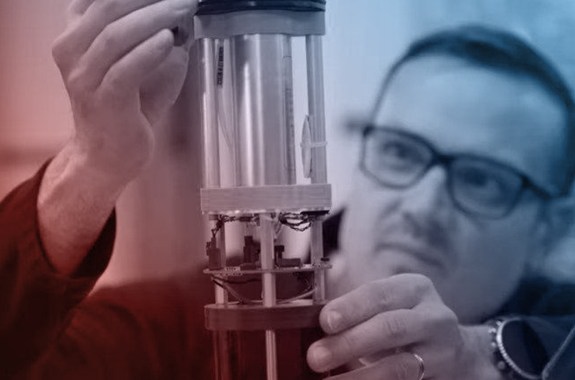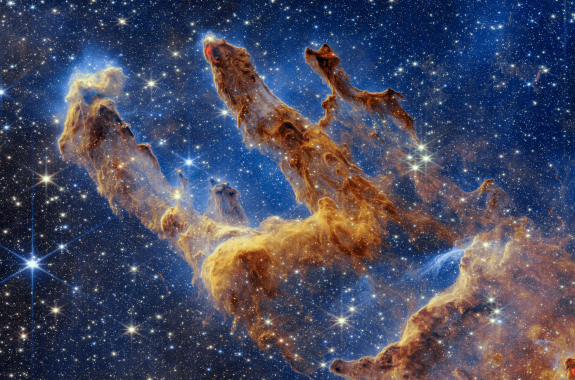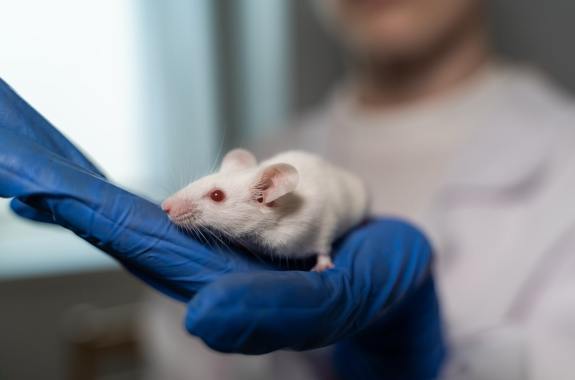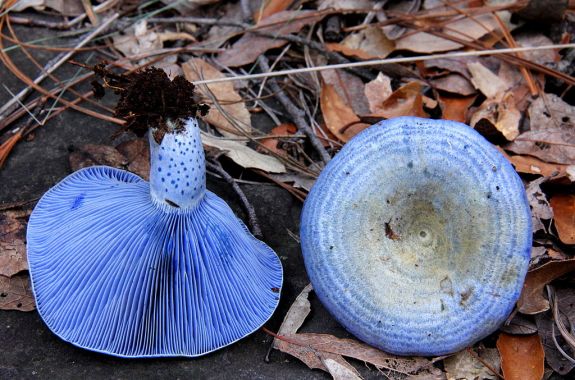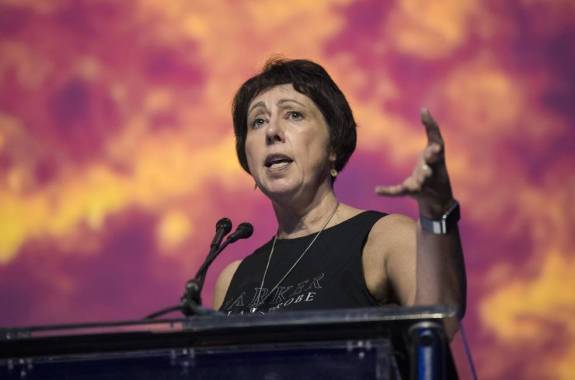Radio
Listen to Science Friday live on Fridays from 2-4 p.m. ET
November 22, 2024
On the 50th anniversary of Lucy’s discovery, paleoanthropologists reflect on what she means to science, and what she taught us about ourselves. Plus, divers have recovered seeds of a long-lost rye variety from a 146-year-old shipwreck in Lake Huron. And, just in time for Thanksgiving, a potato researcher explains potato varieties, potato nutrition, and some tubular tuber facts.
7:52
The First Fully Mapped Animal Brain Is The Larva Of A Fruit Fly
A 12-year effort to map the entire brain of a fruit fly larva is finally complete—a meaningful step in understanding things like addiction and consciousness.
16:57
National Audubon Society Sticks With Its Name, Despite Namesake’s Racism
Even as the national organization decides to stick with its original moniker, local branches are opting for change.
17:01
Is Spring Falling Out Of Sync?
The delicate timing between plants, wildlife, and seasons can be thrown off balance by warming temperatures.
12:01
The Latest IPCC Report Is Full Of Warnings—And Hope
The report details where we stand on mitigating climate change and where to go from here.
6:14
An Underwater Volcano Off The Oregon Coast Sheds Light On Eruptions
The Axial Seamount is a natural laboratory, helping scientists improve long-term eruption forecasts.
17:14
Listen To Ethereal Sounds Derived From Space
NASA’s Sonification Project aims to turn astrophysics data into sound, enabling visually impaired people to engage with outer space.
12:05
Can Medicine Move To Animal-Free Testing?
Scientists are developing new technologies that would reduce the need to test new drugs on animals.
11:21
Capturing Carbon With Tasty Fungus
Farming fungi in forests could be a great source of low-carbon protein—and help sequester more carbon.
6:01
Whiskey Distillery On The Rocks After Fungus Spreads
Whiskey fungus isn’t as fun as it sounds. Just ask Lincoln County, Tennessee.
17:02
NASA’s New Science Head Sees A Bright Future
Dr. Nicola Fox, previously the director of NASA’s heliophysics division, will shape the agency’s priorities.
